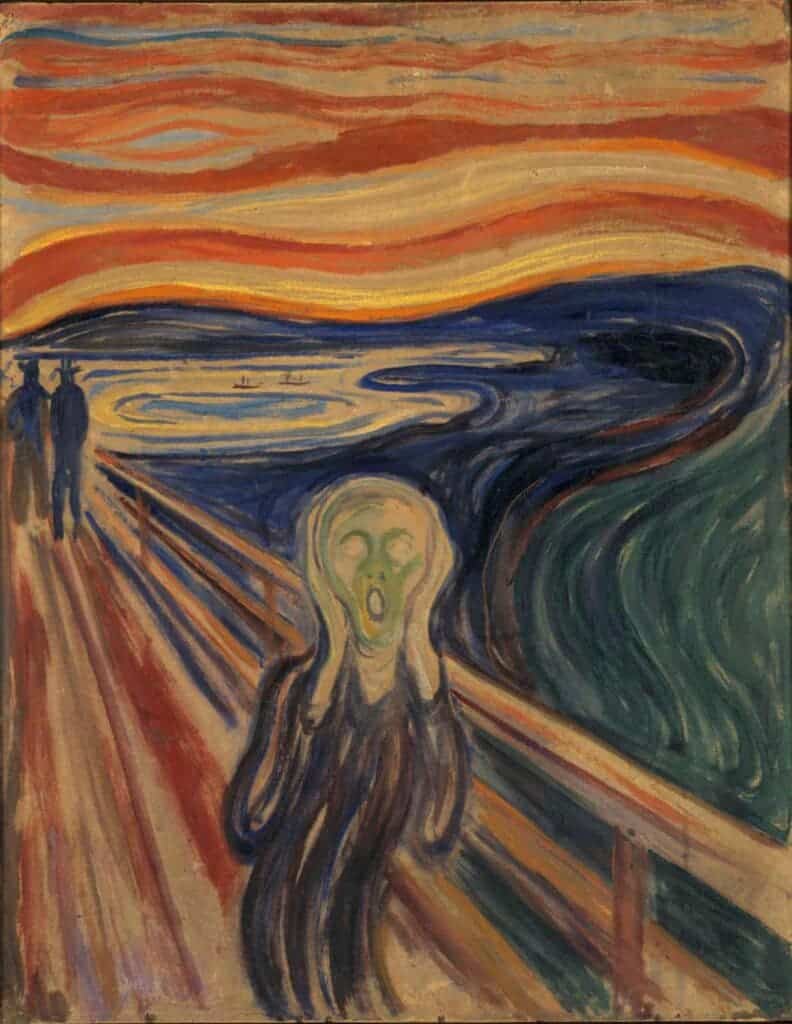
Munch’s 19th-century masterpiece The Scream is one of the most recognizable paintings in the world. It’s been featured countless times in pop culture with various renditions appearing in film, literature, art, and animation. Unfortunately, the famous artwork is deteriorating fast — and fans visiting museums may be partly to blame, according to a new study.
A fading scream
In a new study, an international team of researchers, working under the guidance of the Munch Museum in Oslo, probed the chemistry of the famous painting, which has suffered significant fading since its completion in 1910.
““I walked one evening on a road. I was tired and ill — I stood looking out across the fjord — the sun was setting — the clouds were colored red — like blood — I felt as though a scream went through nature — I thought I heard a scream. — I painted this picture — painted the clouds like real blood. The colors were screaming,” Much once said, describing the idea behind the artwork. However, his striking colors have since faded.
The analysis revealed that the artist employed poor paint, resorting to low-quality cadmium sulfide pigments. The study, which was published in the journal Science Advances, also showed that exposure to light was not responsible for the fading, as previously suggested.
This yellow pigment that colors the swirling sunset and anguished human figure is very susceptible to the degrading effects of moisture, even when present at subtle levels such as during conditions produced by the exhalation of humans. It seems like all those years of open exhibition to millions of art lovers didn’t help at all.

To make matters worse, the painting suffered additional damage during a 2004 gallery heist, which left a nasty brown water mark on the artwork. Munch’s The Scream and Madonna, another one of his paintings that was stolen during the same robbery, were both recovered in 2006 and have since been kept in a light and temperature-controlled storage unit.
“It turned out that rather than use pure cadmium sulfide as he should have done, apparently he also used a dirty version, a not very clean version that contained chlorides,” Koen Janssens, a professor at the University of Antwerp who worked on the study, told the Guardian. “I don’t think it was an intentional use–I think he just bought a not very high level of paint. This is 1910 and at that point the chemical industry producing the chemical pigments is there but it doesn’t mean they have the quality control of today.”
During the time of the painting’s completion, cadmium sulfide was manufactured by reacting cadmium chloride with sodium sulfide. During this process, it is possible for chlorine-containing compounds to not fully react, the leftovers of which remained in the paint, contributing to the artworks’ unfortunate fading.


